

GUIDE TO THE NATCHEZ TRACE PARKWAY
Copyright 2020 Tim W. Jackson and Taryn Chase Jackson
Copyright 2005, 2011 F. Lynne Bachleda
All rights reserved
Published by Menasha Ridge Press
Distributed by Publishers Group West
Printed in China
Third edition, first printing
Editor: Ritchey Halphen
Cover design and cartography: Scott McGrew
Photos: Tim W. Jackson and Taryn Chase Jackson, except as noted on-page and as follows: Front cover,
Proofreader: Emily C. Beaumont
Indexer: Galen Schroeder/Dakota Indexing
Library of Congress Cataloging-in-Publication Data
Names: Jackson, Tim W., author. | Jackson, Taryn Chase, author. | Bachleda, F. Lynne, author.
Title: Guide to the Natchez Trace Parkway / Tim W. Jackson and Taryn Chase Jackson, prior edition by F. Lynne Bachleda
Description: Updated and revised, Third edition. | Birmingham: Menasha Ridge Press, 2020. | Includes bibliographical references. | Summary:
The historical riches, cultural avenues, and exploratory possibilities of the Natchez Trace Parkway are numerous. This parks natural beauty doesnt come from dramatic mountainous overlooks. Instead, you will find mostly flat terrain rendered in a balanced, subtle palette. In the spring, roadside stretches of clover, wildflowers, grassy fields, and dogwood blossoms wave. Summer is often crowned with pure blue skies and a healthy green, divided only by the yellow-striped roadway. In the fall, the soft, gray Spanish moss gives way to the russet of maples and oaks. In winter, the sturdy dark green of mature cedars takes on promising significance. Provided by publisher.
Identifiers: LCCN 2019029930 (print) | LCCN 2019029931 (ebook) | ISBN 9781634042819 (paperback) | ISBN 9781634042826 (ebook)
Subjects: LCSH: Natchez Trace ParkwayGuidebooks. | Natchez TraceGuidebooks. | Automobile travelNatchez Trace ParkwayGuidebooks.
Classification: LCC F217.N37 B33 2020 (print) | LCC F217.N37 (ebook) | DDC 917.62/93504dc23
LC record available at lccn.loc.gov/2019029930
LC ebook record available at lccn.loc.gov/2019029931
 MENASHA RIDGE PRESS
MENASHA RIDGE PRESS
An imprint of AdventureKEEN
2204 First Ave. S., Ste. 102
Birmingham, AL 35233
800-443-7227, fax 205-326-1012
Visit .
All rights reserved. No part of this book may be reproduced in any form, or by any means electronic, mechanical, recording, or otherwise, without written permission from the publisher, except for brief quotations used in reviews.
DISCLAIMER Although Menasha Ridge Press and the authors have made every attempt to ensure that the information in this book is accurate at press time, they are not responsible for any loss, damage, injury, or inconvenience that may occur in the course of using this book.
TABLE OF CONTENTS
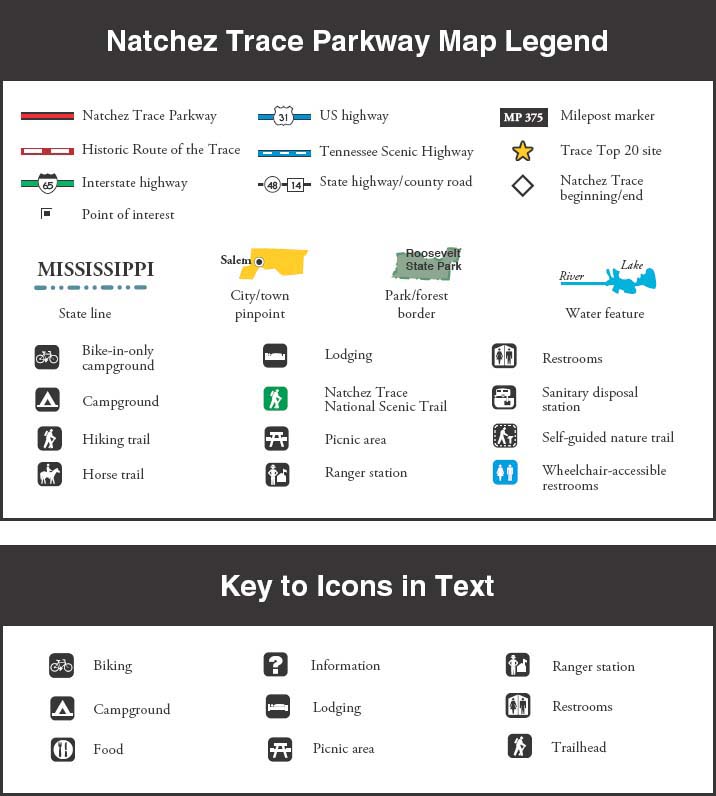

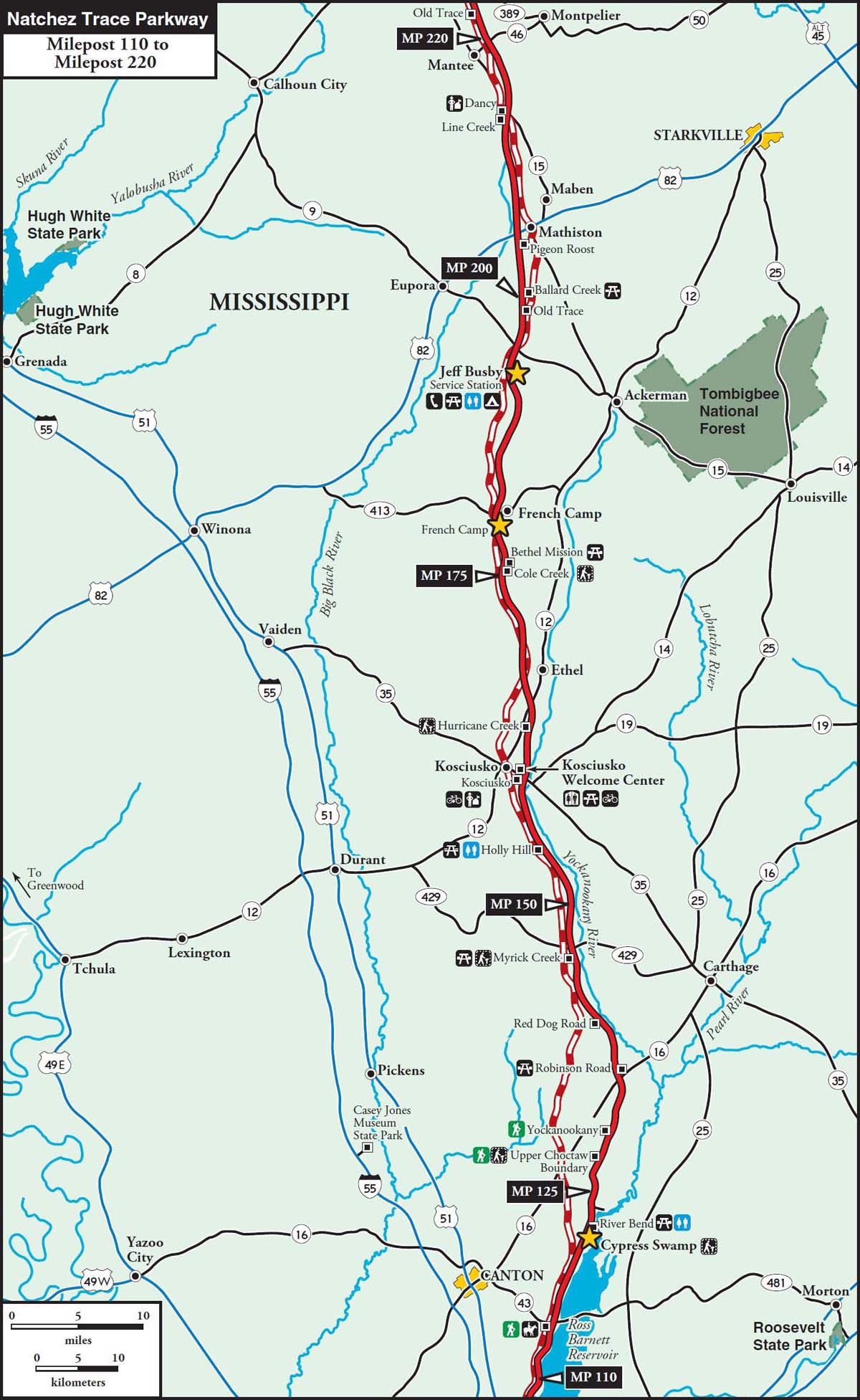
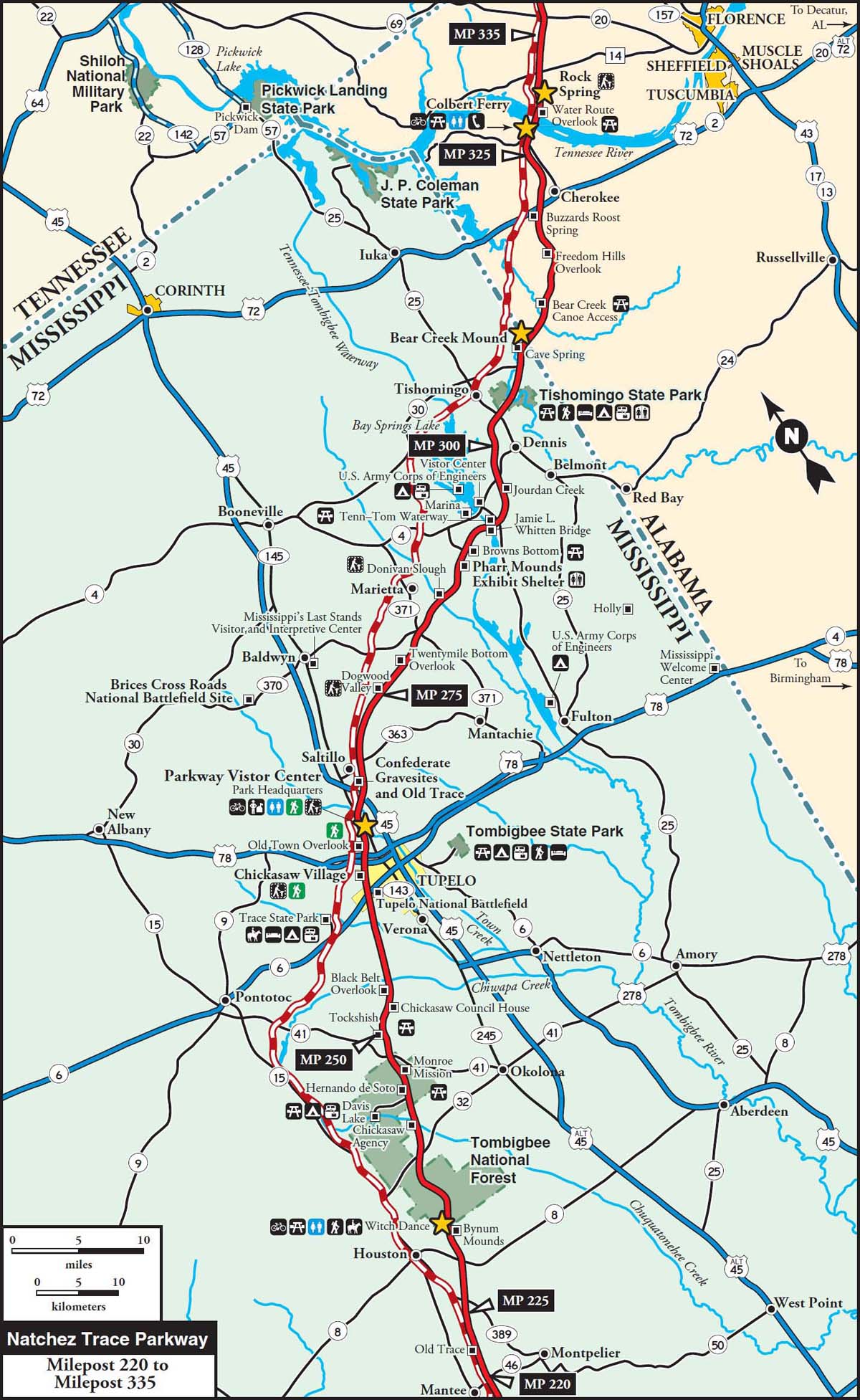


ACKNOWLEDGMENTS
The support of the National Park Service staff at the Natchez Trace Parkways Tupelo headquarters has been invaluable, and once again they provided crucial updates for the third edition of this book. Our thanks also go to those who have previously written about the Trace and the Parkway (please see for more information).
Tim W. Jackson and Taryn Chase Jackson
DEDICATION
With gratitude to the Natchez Trace Parkway employees who conserve and maintain this delightful scenic drive and all of its wonders
Introduction
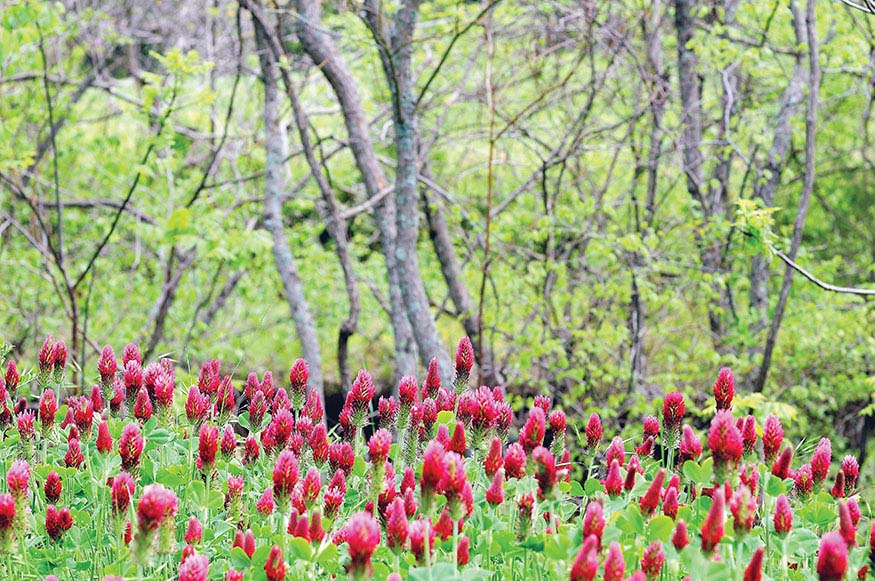
In 1962, when Dr. Dawson Phelps presented himself at the Great Smokies information desk, to the inquiry Where are you from? he confessed with some pride to being a Park Service man stationed at the Natchez Trace. To his astonishment the ranger replied, I certainly feel sorry for you! To Dr. Phelpss Why? the ranger replied, Because you have nothing for visitors to see.
John S. Mohlhenrich, former chief park interpreter for the Trace, in his revision of Dawson Phelpss
Administrative History of the Natchez Trace Parkway (1965)
OVERVIEW
T hat Smoky Mountains ranger couldnt have been more wrong. Most federal parks or landmarks are devoted to a limited number of themes. The graceful Natchez Trace Parkway ribbon of time, however, has many threads. It can transport you back 9,000 years to the time of Paleo-Indian hunters, drop you into a Civil War battle, urge you to contemplate the Nile of the Western Hemisphere, encourage you to empathize with foot-weary 19th-century travelers yearning for home, and teach you about contemporary farming practices. The historical riches, cultural avenues, and exploratory possibilities of the Natchez Trace Parkway are numerous.
This parks natural beauty doesnt come from dramatic mountainous overlooks but instead from mostly flat terrain rendered in a balanced, subtle palette. In the spring, roadside stretches of clover, wildflowers, grassy fields, and dogwood blossoms wave. Summer is often crowned with pure blue skies and a healthy green, divided only by the yellow-striped roadway. In fall the soft gray Spanish moss gives way to the russet of maples and oaks. In winter the sturdy dark green of mature cedars takes on promising significance. The road alternately holds you in the close embrace of its shady refuge or shoots you into light-filled pastures and croplands. This is a hypnotic environment, a soothing melody of forest and field.
The most famous period for this path was from around 1790 to 1820, when it served as one of the primary passageways through the southwest territory of what was then a relatively new country. Farmers, boatmen, diplomats, ladies, preachers, bandits, soldiers, murderers, and slaves used it to travel between Nashville, Tennessee, and Natchez, Mississippi. By 1800 it was also a United States postal route traversed on horseback by courageous men who risked their lives at breakneck speeds. But the Trace has been around for much, much longer than a mere two centuries.
If youre in a hurry, then perhaps you should choose another route: driving at 50 mph is a legal requirement on most stretches, but this slower pace will also help you relax and notice the Parkways many sights. For those of us enjoying the ride, few things are more irritating than a vehicle riding too close behind, just waiting for an opportunity to zoom past. Also, bikers are often plentiful during warm weather, so its wise to pay attention and give cyclists the proper amount of space. Using your imagination, you can replicate some of the same experiences that others before you have had here for millennia. After all, many of the vistas have not changed substantially. Ultimately, this is the affirming power of the Trace: along this distance, powerfully strong human and natural links still exist across time.
Next page
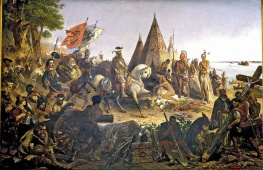


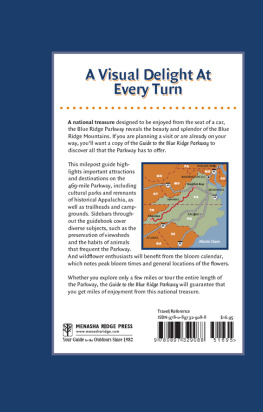
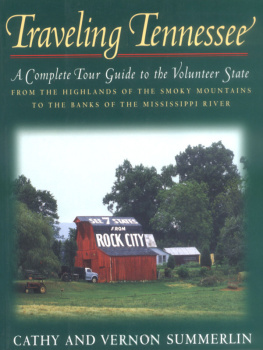
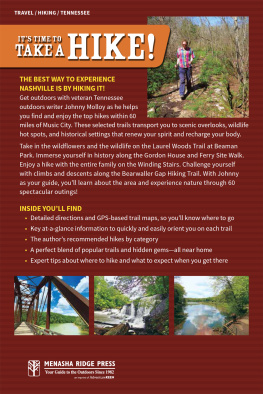
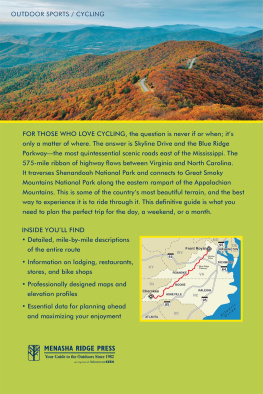


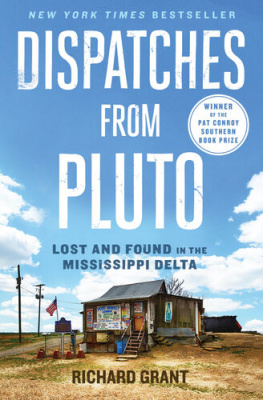
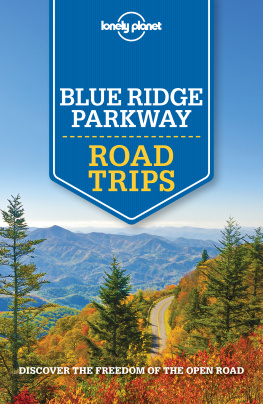
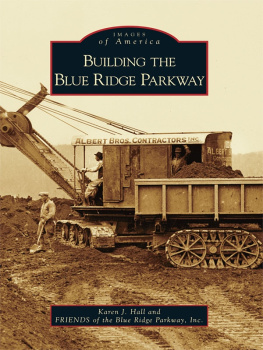


 MENASHA RIDGE PRESS
MENASHA RIDGE PRESS





